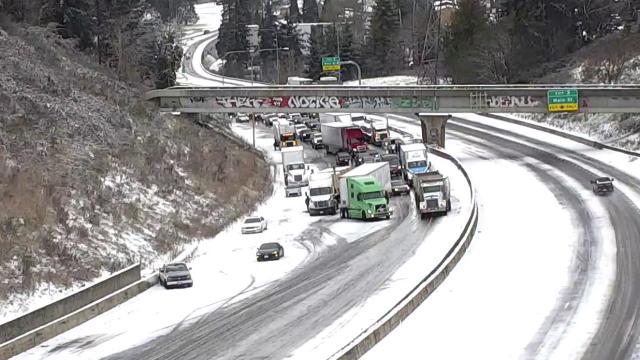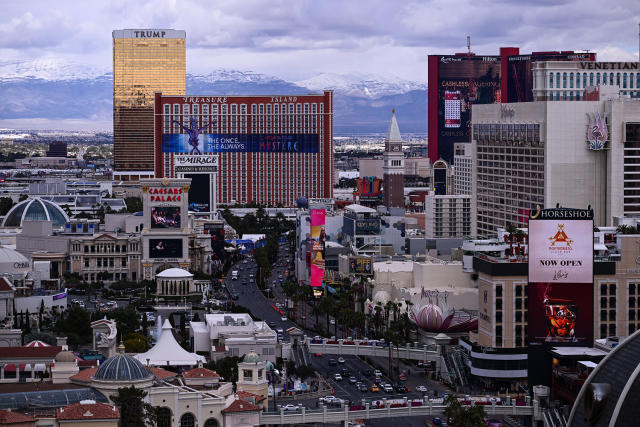LAS VEGAS, NV – After 214 consecutive days without measurable rainfall, Las Vegas has finally broken its longest dry spell on record. But don’t rush for the umbrellas just yet—only 0.01 inches of rain was recorded, barely enough to dampen the sidewalks.
According to the National Weather Service (NWS), the minuscule amount of rainfall was measured at Harry Reid International Airport on Thursday, February 13, 2025, officially ending the city’s record-breaking streak of dry weather.
Breaking a Record That Stood for Decades.
Las Vegas is no stranger to dry weather, but this 214-day streak shattered the previous record of 150 consecutive rain-free days set in 1959. The drought began on July 14, 2024, and stretched through fall and winter, leaving the region with severe water shortages and increased fire risks.
Is This Rainfall Enough to Help the Drought?
Unfortunately, not even close. While the drop of rain technically ends the streak, it does nothing to relieve the long-term drought conditions gripping Southern Nevada. With Lake Mead water levels continuing to decline and conservation efforts still in full force, Las Vegas needs far more precipitation to make a real impact.
What This Means for the City

Drought conditions remain critical – Water conservation efforts continue to be a top priority.
No real impact on water supply – This tiny amount of rain does not replenish local reservoirs.
Fire risk still high – Despite the rain, dry vegetation and low humidity keep fire dangers elevated.
What’s Next?
Meteorologists predict that Las Vegas could see another chance for rain in the coming weeks, but with long-term dry conditions still dominating the forecast, residents shouldn’t expect any major relief soon.
For now, officials continue to urge water conservation and remind residents that Las Vegas remains in a severe drought. While this 0.01 inches of rain may not have changed much, it at least broke the historic dry streak—and in the desert, even a little rain can be a big deal.
For updates on weather conditions and drought relief efforts, follow the National Weather Service or the Southern Nevada Water Authority.

